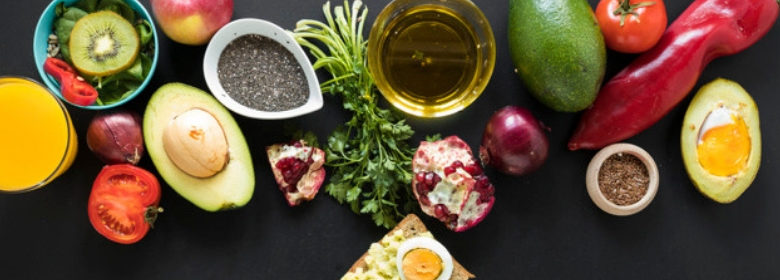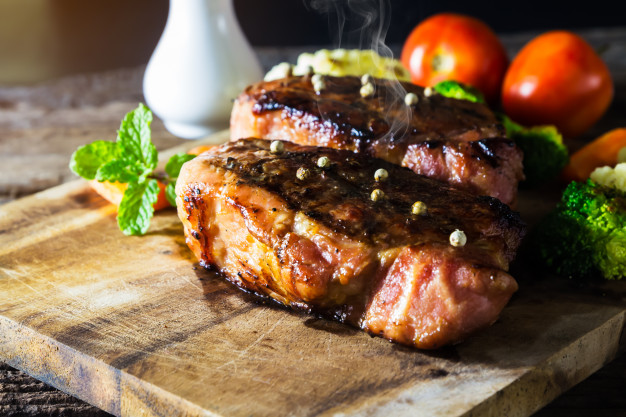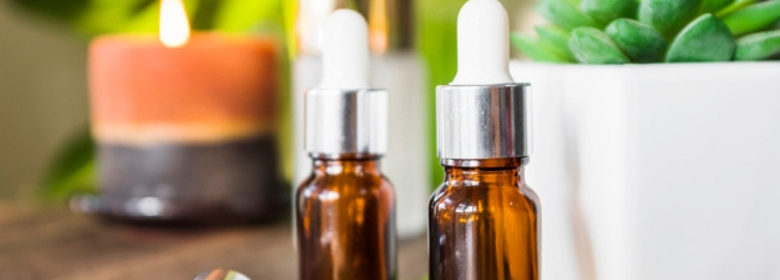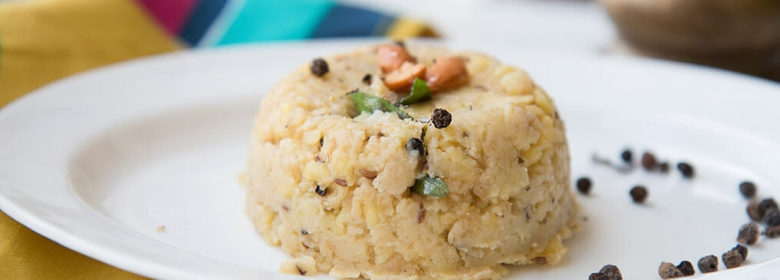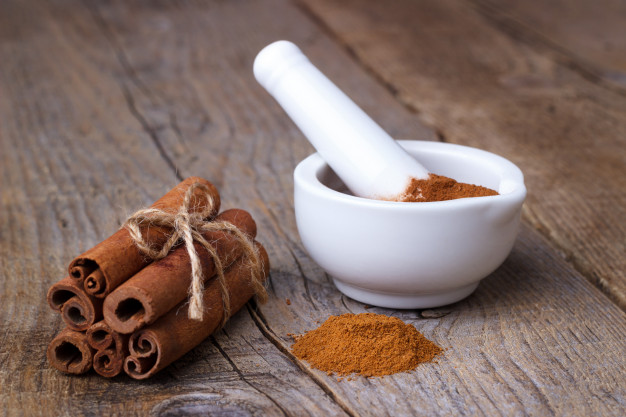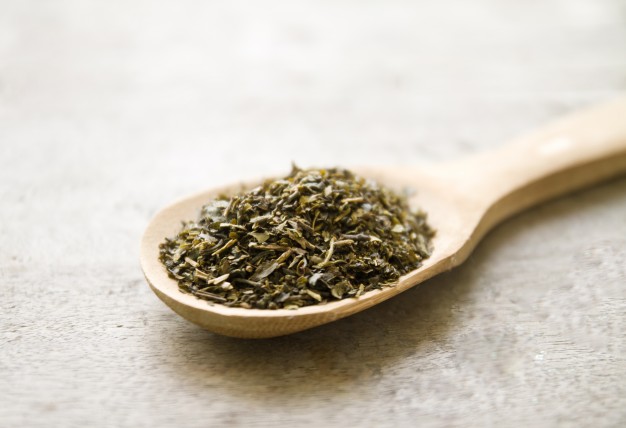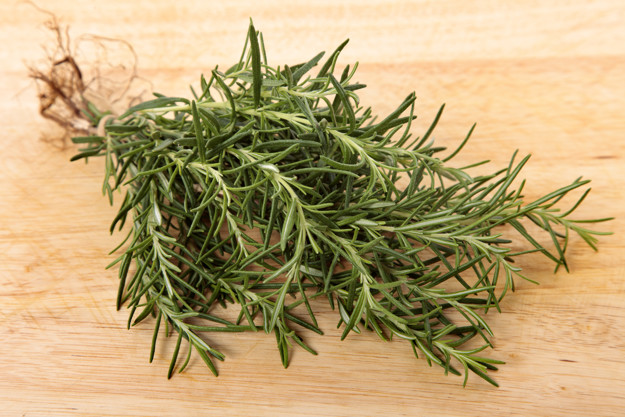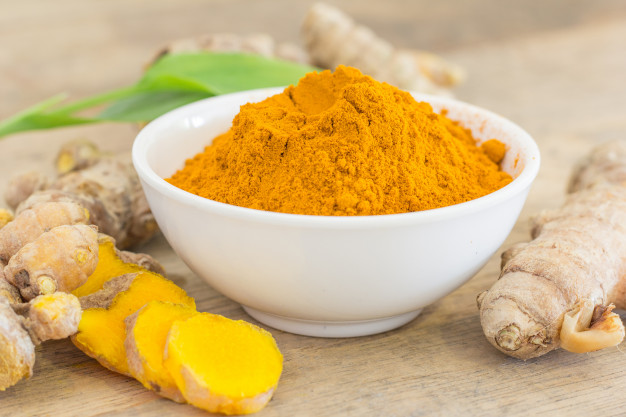Health Benefits of Onions

Onions are best known for two things: causing bad breath and tears. Right? Well, did you also know that they are important for health and offer unique benefits?
In fact, medicinal properties of onions have been recognized since ancient times when they were used to treat ailments like headaches, heart disease and mouth sores. Let’s take a closer look at why onions are so popular despite making you cry!
- Good for the heart
Onions have strong anti-inflammatory properties that also can help reduce high blood pressure and prevent formation of blood clots. - Contain cancer-fighting compounds
Eating vegetables of the Allium genus such as garlic and onions can offer protection against certain cancers, including stomach and colorectal. - Helps control blood sugar
Research suggests that onions may have a hypoglycemic effect for people with diabetes, and can therefore potentially help people control their blood sugar. - Good for digestive health
Onions are a rich source of fiber and prebiotics, which are necessary for optimal gut health and can ease the digestion process. - Prevents tooth decay
Raw onions may make our breath stink, but they can actually improve our oral health? Simply chewing a raw onion can strengthen teeth and eliminate bacteria that causes tooth decay.
The health benefits related to onions are quite impressive. What’s more, they’re versatile and can be used to flavor of any savory dish. So add more onions to your diet because an onion a day can also keep a doctor away!

